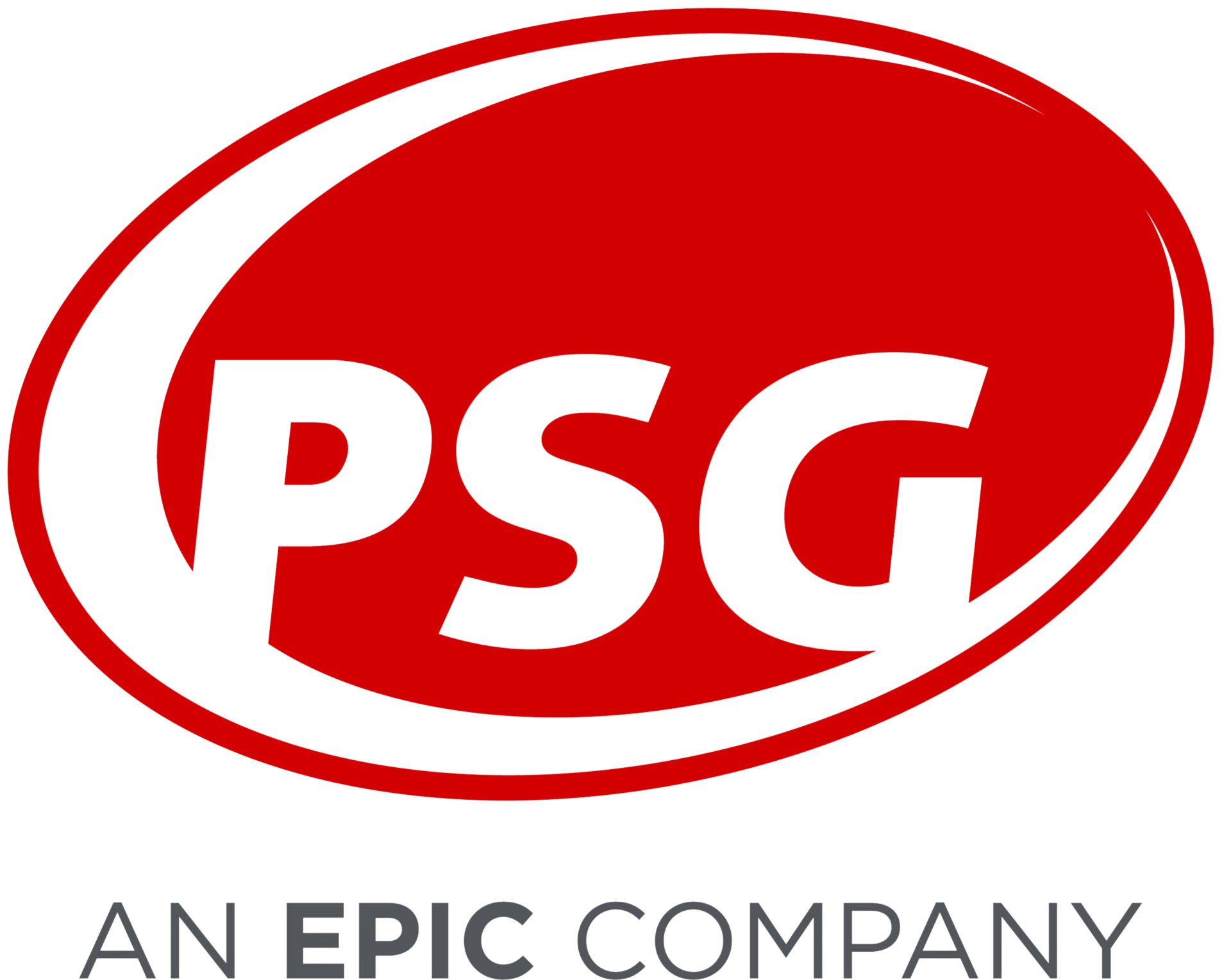The RFP: Your ticket to prior authorizations that work
Posted on September 2, 2020
Managing drug cost and trend is like wrangling an octopus—it’s a constant fight to control the various factors that contribute to rising drug prices. These factors include the entry of new, high-cost drugs into the market that attract the attention of prescribers over lower-cost, therapeutically-equivalent alternatives for first-line treatment. Utilization management tools, such as prior authorizations (PA), help ensure that patients receive the best treatment for their condition while helping keep drug costs in check.
Understandably, health plans are concerned about the cost, quality, and performance of their prior authorization process. For example, they may wonder if the established clinical criteria to approve (or reject) a PA request is appropriately applied. Choosing how to administer this function is, therefore, an important and strategic decision.
Cost and compliance
This is where a separate PA request for proposal (RFP) can help. Similar to the procurement process for a pharmacy benefit manager (PBM), health plans can use an RFP to select the most cost-effective, efficient PA model for their plan. There are two options:
- Carve in the PA function: in this model, health plans manage and administer the PA process internally. Health plans may lease utilization management software from a third-party provider or use their PBM’s PA tool to manage the process.
- Outsource to a separate company that specializes in PA administration: in this model, an outsourced third-party provider or the PBM maintains and applies clinical criteria on behalf of the health plan.
Getting prior authorizations right is essential to compliance. Regulators set required response times as well as guidelines for appropriately applying clinical criteria, and health plans may receive bonus incentives for maintaining high quality. In addition, the American Medical Association (AMA) has developed best practices for prior authorization and other utilization management requirements by identifying the most common provider and patient concerns. These “reform principles” address:
- Clinical validity
- Continuity of care
- Transparency and fairness
- Timely access and administrative efficacy
- Alternatives and exemptions
Trust the experts
If you have been managing prior authorizations internally and you’re worried about cost, compliance, and the effectiveness of your program, carving out the PA function may be the way to go. An independent expert can provide guidance on alternatives and help you determine what works best for your health plan. Should you decide to outsource, we can help you select the right vendor and terms for a cost-efficient PA program that works.
Did you miss our earlier features in this series? Check out Let’s talk utilization management strategies and our case study about reconsidering utilization management.

